… at Milan’s Cimitero Monumentale
But there are cracks in the bombast, and you can feel how a very modern sense of discomfort is creeping in.
For centuries, death operated a strict two-tier system: cathedral tombs it was for crowned heads and high clergy, the local churchyard for everybody else. (Unless you were a certified saint, in which case your bones were distributed piecemeal across Europe, more precious than diamonds and gold.)
Read also: Two Hours in Milan
Sometime in the 19th century, this feudal two-class system was no longer felt to reflect the needs of a changing society, and a new middle class of cemetery was invented. The most famous representative of this new type of cemetery is the Père Lachaise: often described as a “city of the dead”, but in fact more a Paris of the dead, neatly arranged into streets and districts with large and small monuments as well as simple graves, and while some of these streets and districts are clearly smarter than others, overall there is a palpable sense of a shared space. It is orderly, bourgeois and civilzed.
The Cimitero Monumentale in Milan is not like that. Here, the large tombs shamelessly compete with one another for size and impact, while the only thing they appear to share is a haughty disdain for the smaller graves cowering at their feet.
Also note that, unlike in the Père Lachaise where you can enter through any one of a dozen or so entrances, the Cimitero Monumentale has a clearly designated Main Entrance where you are first guided across a vast empty yard and then through a lushly decorated hall. Together, these two fulfill the purpose of an overture in a grand Italian opera.
In the cemetery itself, there appears to be no shared concept of what size a grave should have. Some of the patrons would clearly have commissioned Michelangelo had he still been alive – there are at least a dozen graves that appear to rival the scale of a papal monument, all built for Milanese families of bankers and successful merchants.
Neither is there a shared concept of what a tomb or a family tomb should look like. Most references are, inevitably, still Christian: featuring comforting angels, and depicting Death as a cross to bear.
A few are classical: featuring triumphal columns that have been borrowed from empirical Rome…
… and displaying the stoicism in the face of oblivion that was the hallmark of all true gentlemen under the Roman Republic.
Many references are military: here, they appear to have buried a crusader knight …
… and here a WWI soldier who seems to have made the ultimate sacrifice for his fatherland in an act of sensuous intensity (with a nod to Michelangelo, again, this time to his Dying Slave).
But there is more. Something new, a new disquiet: often the focus of the statues is on those who have been left behind. There is a lot of grief, and very little comfort in sight: only emptiness and pain.
Ultimately, the Cimitero Monumentale exhibits no shared ideas of what a grave is for – or, come to think of it, what death is all about. Next to inconsolable mothers and wives, you can spot little putti playing a game of merry-go-round in a sort of play-school heaven …
… while other monuments look as if they had given up all attempts at making sense of it all. “Here,” they seem to say, “you have a go.”
The consensus on the big final questions that had sustained almost twenty centuries of Western civilization is clearly beginning to crumble.


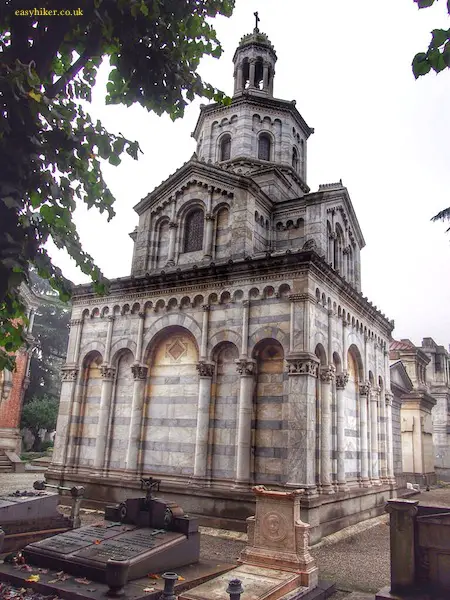
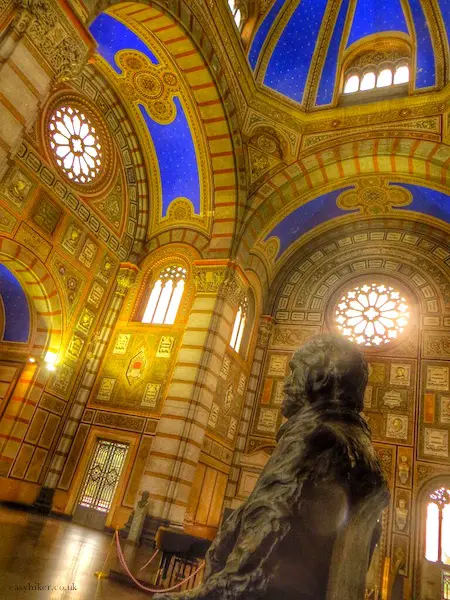
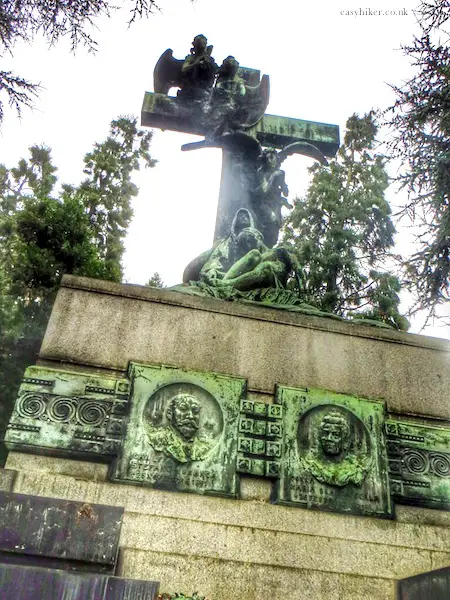

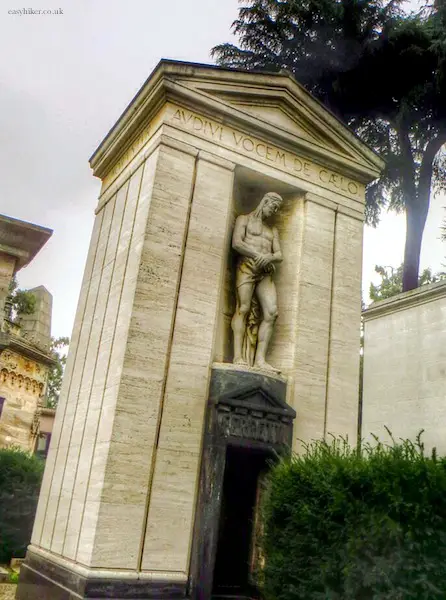
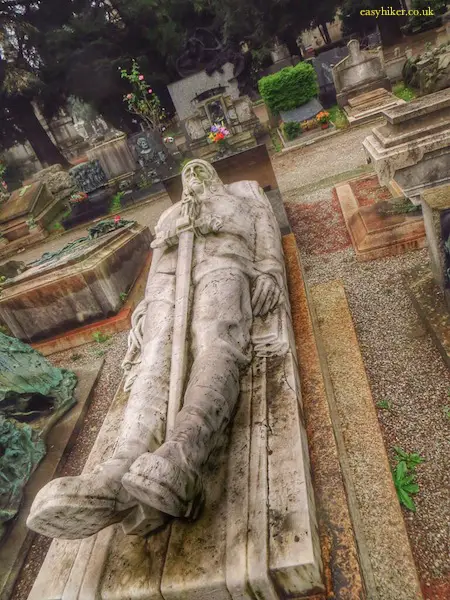
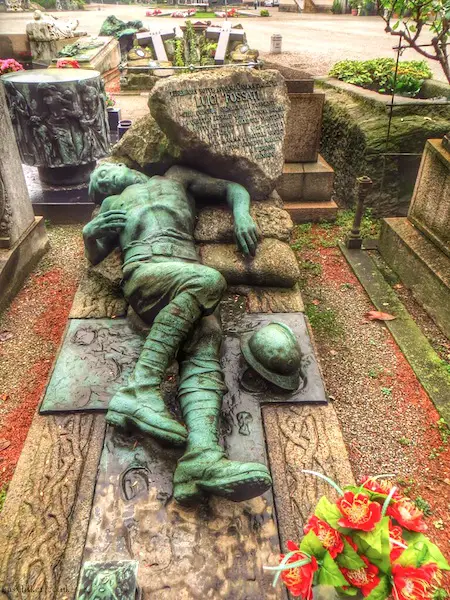
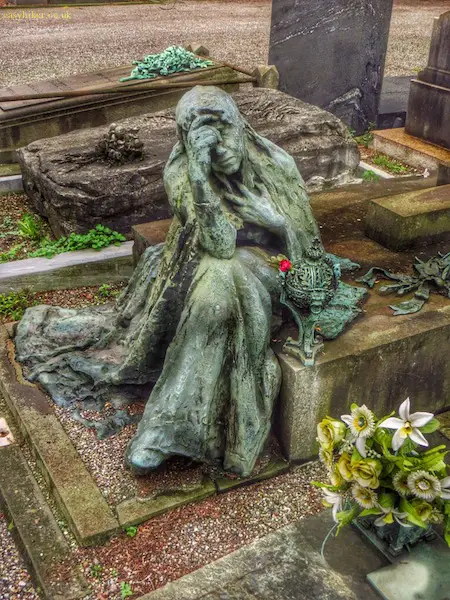
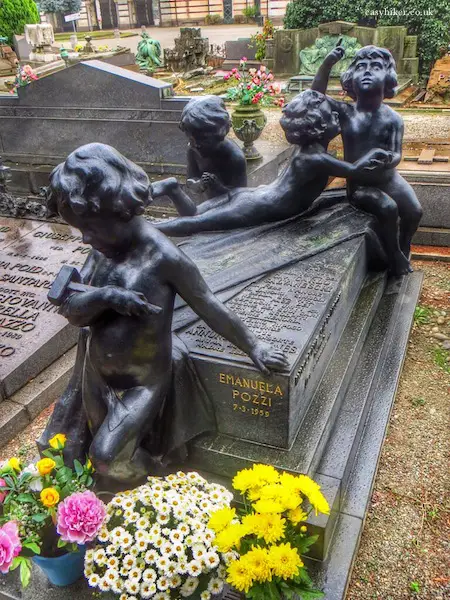
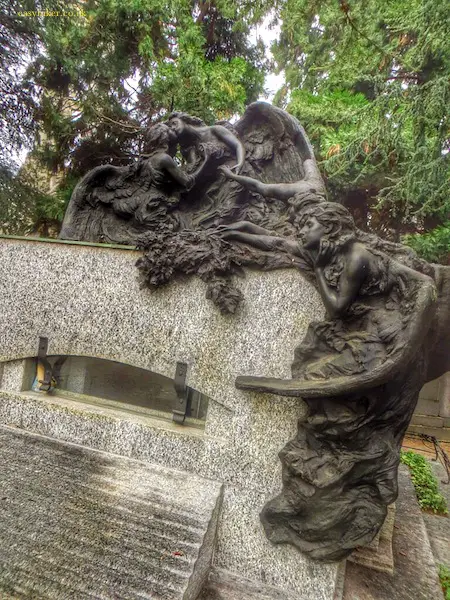
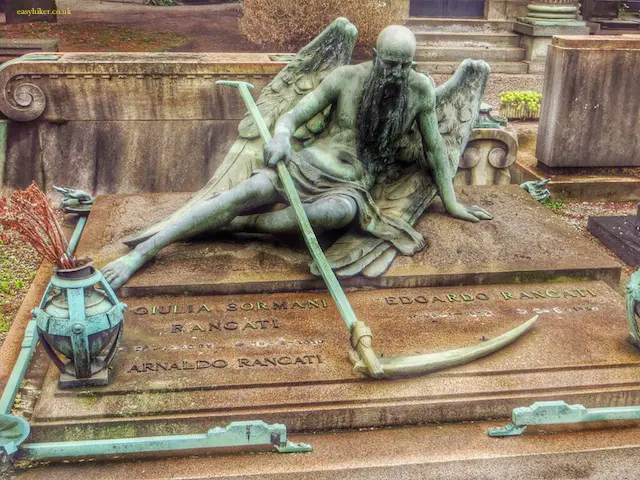
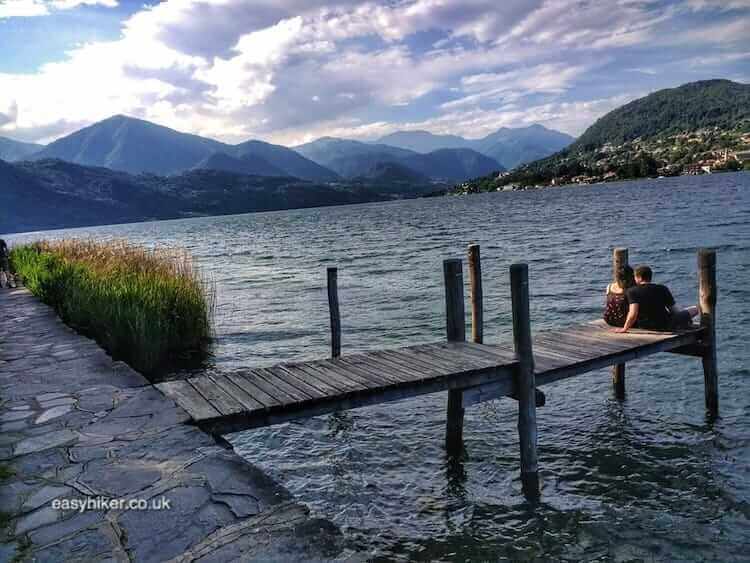
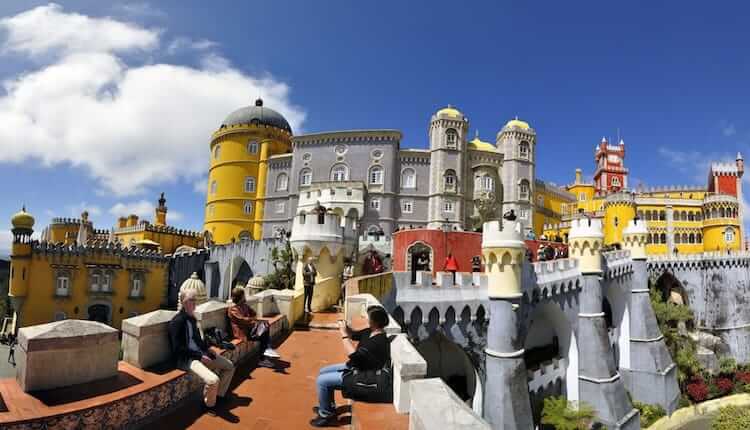
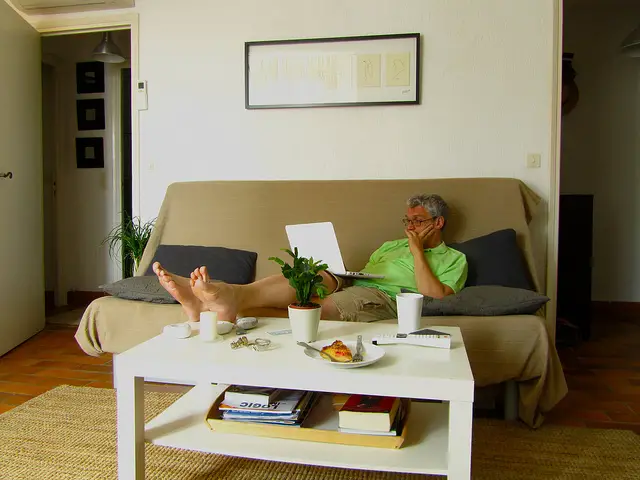
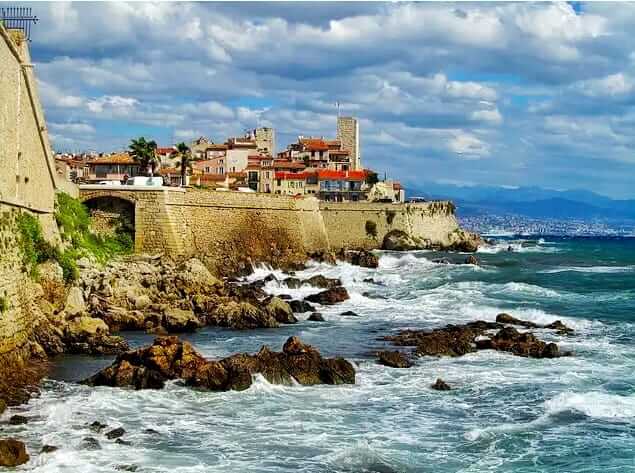
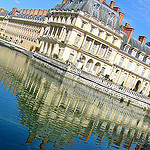
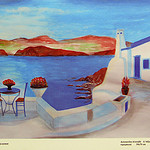
I was never inside. Now they are working for the fifth line of Milan Underground near this Cimitero. I was only out of it.
I have been to Milan a few times but never visited the cemetery. It does indeed remind me a bit of Père Lachaise in Paris. It must be really fascinating to walk around there.
I love exploring cemeteries such as Pere Lachaise and Highgate, impressed with the way mausoleums have been built and the statues of angels can make those places emotional and beautiful.
Interesting thought, Sophie!
Cemeteries are fascinating places to wander through, aren’t they… Berlusconi and what his eventual grave might look like kept popping into my mind while reading this.
Wow, these are very beautiful and striking. Impressive art sculptures for sure! Thanks for sharing these!
You would be awed in this cemetery, for sure, Jeff!
Oh this reminds me so much of Père Lachaise in Paris! I just love wandering through cemeteries to see all of the incredibly creative and sometimes macabre tombs. Great article and perfect timing for Halloween!!
Impressive it certainly was, Maria.
Beautiful that they celebrate life and death with so much talent and finesse. Mausoleums may not be a typical tour but so worth while in Milan. Wow!
Absolutely and totally fancy, Mary. You have to see the mausoleums to believe it!
This has to be the fanciest cemetery I’ve ever seen. It’s like walking through a sculpture garden though a sad walk. That WWI soldier grave just gave me chills. Perfect Halloween post.